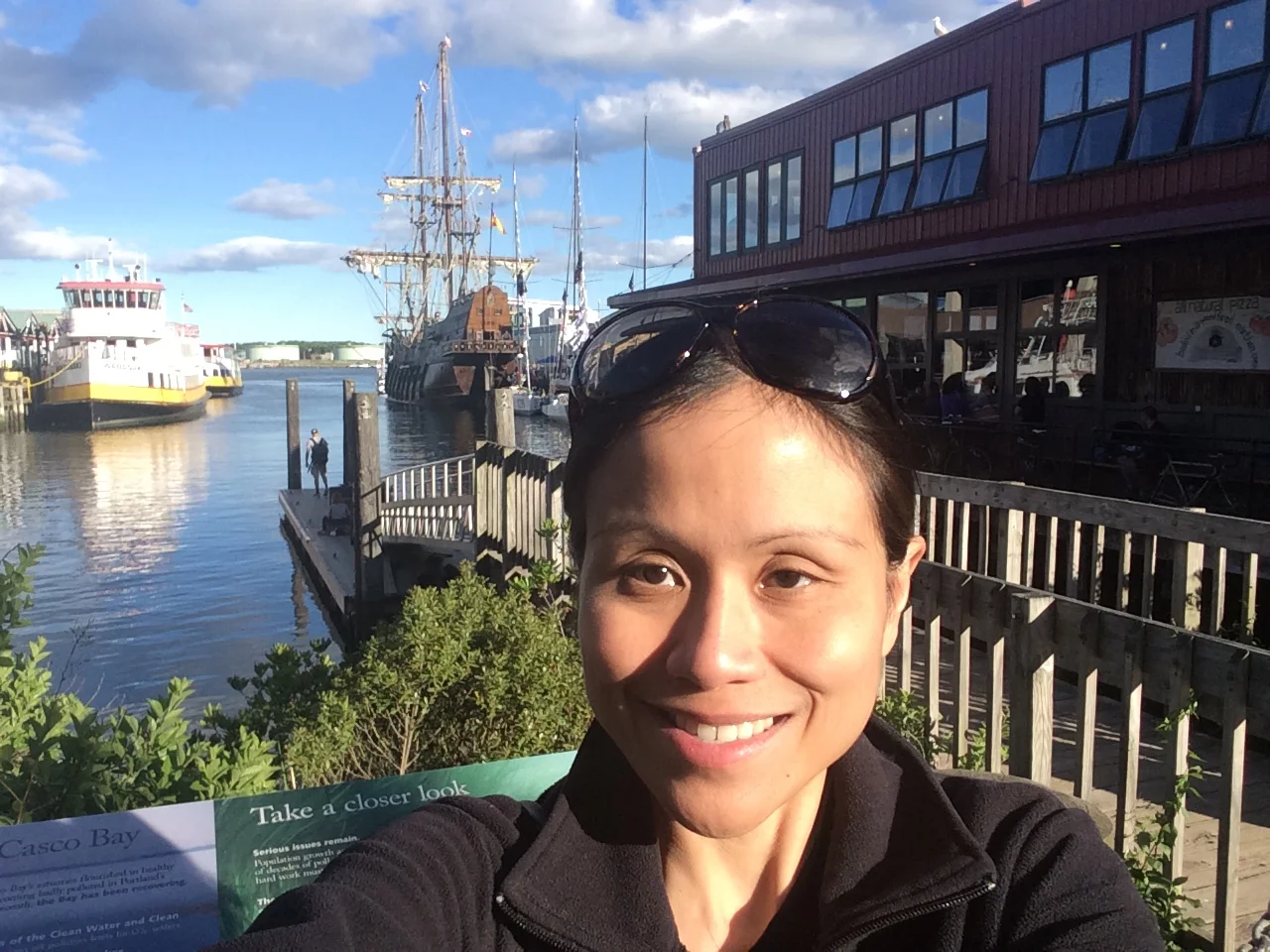My second week in Portland began with taking Sunday orders at BTC. It was like going through a list of American Michelin starred restaurants as BTC received another round of requests from some of the country’s best restaurants. The BTC staff paid especially careful attention to the temperature of the fish, making a note of the temperature on the receipt. One peculiar site were the fish with trash bags on top of them, layered with ice. I learned that the bags were a sign that a great chef was inquiring about the fish before finalizing their menu. It was incredible to consider that the incredible seafood prepared at these notable restaurants comes from this single market, and that the expertise at BTC has been so finely crafted that they continue to meet the demands of exacting masters. Sourcing the highest quality ingredients is essential to BTC’s appeal, but it seems to me that delivering that freshness and quality with outstanding service goes hand-in-hand with the fish itself.
Mr. Rod Mitchell, owner of the Browne Trading Company, and me during my work/study experience.
By Day 9 I was ready to go lobster fishing with Mr. Mitchell’s friends at New Meadow’s Lobster. For the owner, Mr. McAleney, the day begins with packing the trucks at 6 a.m., which departed by 7 a.m. Dan Train, known throughout Portland as the “Lobsterman,” picked me up that morning and took me to his boat. There I watched them bait the lobster traps, and then switched boats and boarded Stan Train’s boat (Dan’s brother), where fishing for lobsters truly began. Dan and Stan are both young men with shortly cropped hair who can usually be found in t-shirts and bright orange, waterproof bib pants—a lobster fisherman’s uniform of sorts. On board the boat, they explained to me the fishing system, where six traps are strung together between two buoys, known as a “stringer.” They then pull up the buoys to collect their catch. These particular traps had been submerged for four days.
Pulling them up, the brothers sort through each crate-like trap, measuring the backs of each lobster to make sure they’re large enough to harvest. Stan and Dan explained that it takes about two years for a lobster to mature to the “legal size” that can be taken from the water. The inspection process also requires that the fishermen turn over the lobsters to check their gender. If it’s a female, she can’t have any eggs or a notch in her tail. The marking on her tail means she’s a good breeding lobster and needs to remain in the sea. Likewise, an overly large male lobster is considered a good breeder and can’t be harvested.
As Dan and Stan made their selections, I was impressed by their attention to the detail. They were, through and through, a professional operation. Their respect for the lobsters and the laws regulating their trade were evident throughout my time on the boat, showing thoroughly that they take every care not to fish in a way that threatens the species’ existence.
Sorting through the lobsters, the brothers placed their selects in large white buckets. Once back at the dock, the lobsters went into coolers and were then loaded onto trucks. Then Dan took me to the ferry, and I made my way back to Portland.
My lessons on lobster continued through the end of my time in Maine. Mr. Mitchell taught me the ins and outs of inspecting lobster, explaining that a lobster does not have to be alive to be fresh. Instead, you can determine its freshness by the length of the antenna. Like my instruction on caviar, I observed the great care that goes into the process of bringing Portland seafood to market.
I left Portland deeply impressed by not only the knowledge of the people I encountered in Portland, but also humbled by their willingness to share their wisdom with me. In the end, I benefited from all the lessons on seafood sourcing and preparation. More than that, I was the beneficiary of intense hospitality. Through each interaction and learning opportunity, the people of BTC treated me with so much respect, wanting to make the most of my experience. Those lessons in care and conscientiousness made as big of an impact as the food itself.


